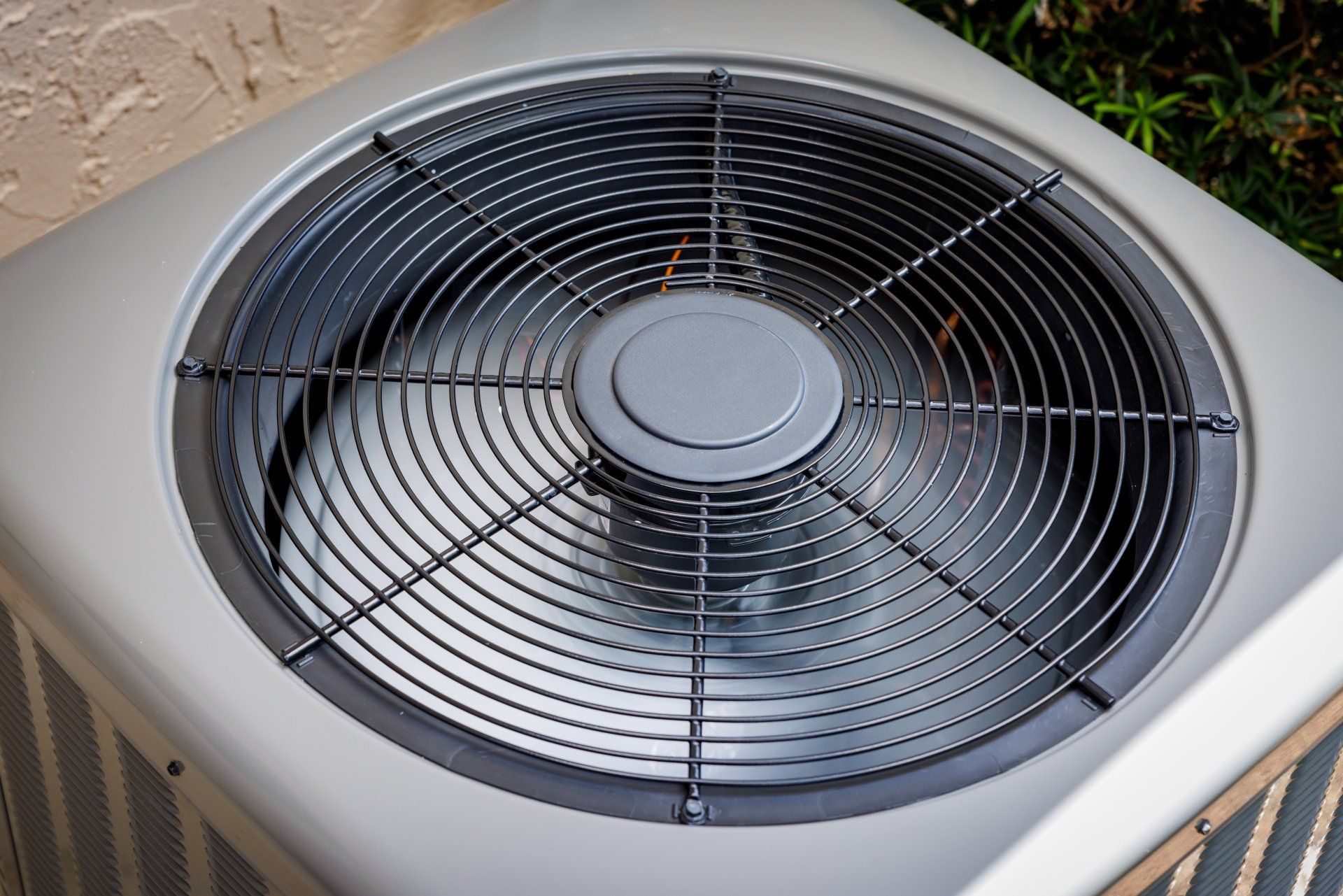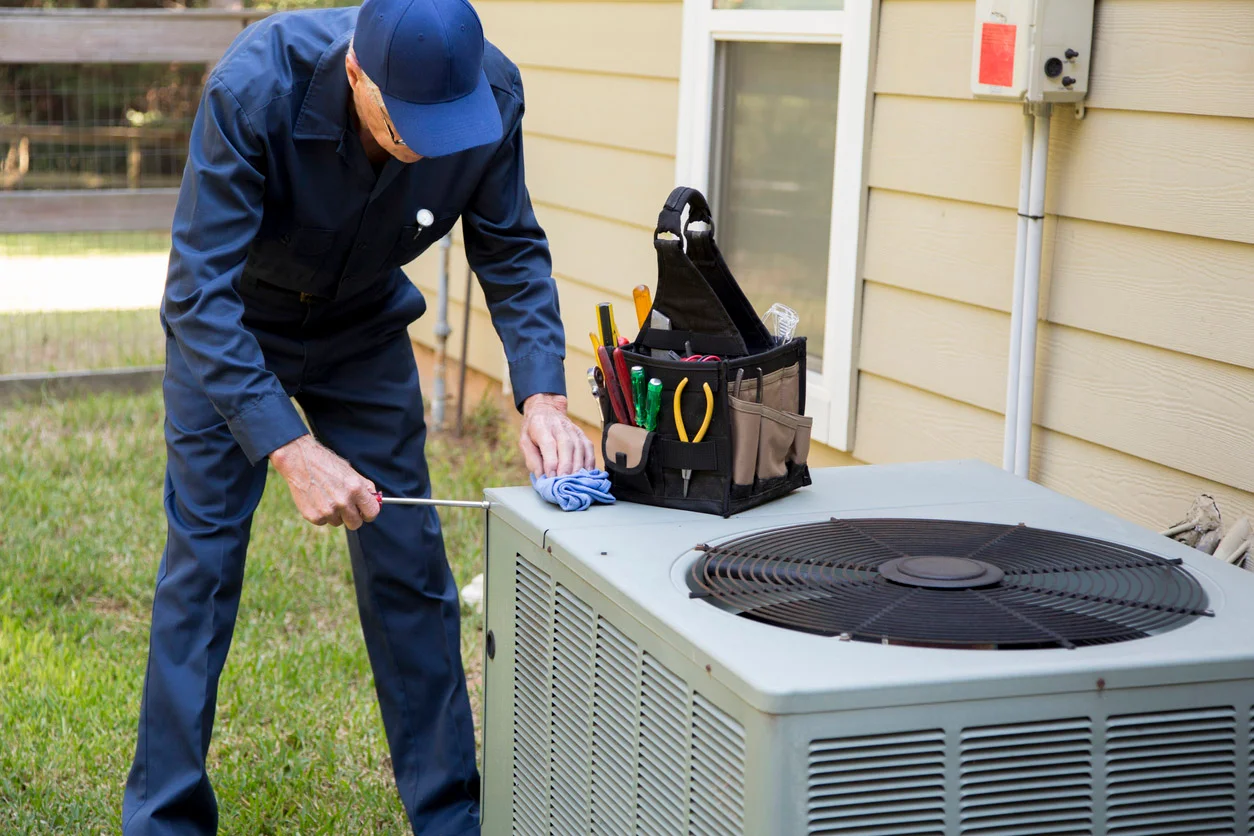How To Fix The Fan On An Air Conditioner

Troubleshooting and Repairing Air Conditioner Fan Issues: A Comprehensive Guide for HVAC Professionals
The air conditioner fan is a crucial component of any HVAC system, responsible for dissipating heat from the condenser coil and circulating cool air throughout a building. A malfunctioning fan can lead to decreased cooling efficiency, increased energy consumption, and potentially, complete system failure. This guide provides a detailed overview of diagnosing and repairing air conditioner fan problems, essential knowledge for HVAC students, seasoned technicians, and employers seeking skilled personnel.
Understanding the Importance of AC Fan Maintenance and Repair
The Bureau of Labor Statistics projects a 6% growth for HVAC mechanics and installers from 2022 to 2032, about as fast as the average for all occupations. This demand underscores the need for qualified professionals adept at diagnosing and repairing AC fan issues. The median annual wage for HVAC mechanics and installers was $59,690 in May 2023. However, salaries can vary significantly based on experience, location, and certifications. Repairing an AC fan can save homeowners hundreds or even thousands of dollars compared to replacing the entire unit, making it a valuable service.
Common Air Conditioner Fan Problems and Troubleshooting
Before diving into repairs, accurate diagnosis is paramount. Here are some common AC fan problems and troubleshooting steps:
1. Fan Not Running at All
Possible Causes:
- Electrical Issues: This is the most common culprit. Check the circuit breaker to ensure it hasn't tripped. Use a multimeter to test the fan motor capacitor, the fan motor itself, and the wiring connections.
- Faulty Capacitor: The capacitor provides the initial jolt to start the fan motor. A bulging or leaking capacitor is a clear sign of failure.
- Burned-Out Fan Motor: A motor can fail due to overheating, age, or electrical surges. Check for continuity with a multimeter.
- Contactor Problems: The contactor is an electrical switch that controls power to the fan motor. Faulty contactors can prevent the fan from running.
- Thermostat Issues: In rare cases, a malfunctioning thermostat might not be signaling the fan to turn on.
Troubleshooting Steps:
- Safety First: Disconnect power to the AC unit at the breaker before beginning any work.
- Visual Inspection: Check for loose wiring, burnt components, and obvious damage.
- Capacitor Testing: Discharge the capacitor with a screwdriver (handle insulated!) and test its capacitance with a multimeter. Replace if out of spec.
- Motor Testing: Use a multimeter to check for continuity between the motor terminals. No continuity indicates a burned-out motor.
- Voltage Testing: With the unit powered on (exercise extreme caution!), check for voltage at the fan motor terminals. No voltage indicates a problem upstream.
2. Fan Running Slowly or Erratically
Possible Causes:
- Worn Bearings: Over time, the fan motor bearings can wear out, causing friction and slowing the fan down.
- Dirty Fan Blades: Accumulated dirt and debris can weigh down the fan blades and reduce airflow.
- Low Voltage: Insufficient voltage can prevent the motor from operating at full speed.
- Partially Failing Capacitor: Even if the capacitor isn't completely dead, a partially failing capacitor can cause erratic fan operation.
Troubleshooting Steps:
- Clean the Fan Blades: Use a brush or vacuum to remove any dirt and debris.
- Lubricate Bearings: Apply a few drops of electric motor oil to the bearings (if accessible).
- Check Voltage: Verify that the voltage at the fan motor terminals is within the specified range.
- Capacitor Testing: Even if it tested okay initially, re-test the capacitor under load if possible, or simply replace if suspect.
3. Noisy Fan Operation
Possible Causes:
- Loose Fan Blades: Loose blades can vibrate and create noise.
- Bent Fan Blades: Bent blades can cause imbalance and noise.
- Worn Bearings: Worn bearings can produce grinding or squealing noises.
- Debris in the Fan Housing: Foreign objects can get lodged in the fan housing and cause noise.
Troubleshooting Steps:
- Tighten Fan Blades: Ensure that the fan blades are securely attached to the motor shaft.
- Inspect for Bent Blades: Straighten any bent blades carefully. If severely damaged, replace the fan blade assembly.
- Lubricate or Replace Bearings: Lubricate the bearings if possible. If the noise persists, replace the fan motor.
- Check for Debris: Remove any debris from the fan housing.
Repairing the Air Conditioner Fan: Step-by-Step Guide
Once you've diagnosed the problem, you can proceed with the repair. Always prioritize safety and follow these steps:
- Safety First: Disconnect power to the AC unit at the breaker. Verify with a multimeter that power is off.
- Access the Fan Motor: Remove the access panel to the outdoor unit. You may need to remove screws or clips.
- Disconnect Wiring: Carefully disconnect the wiring to the fan motor. Take pictures before disconnecting to ensure proper re-installation.
- Remove the Fan Motor: Depending on the unit, you may need to remove screws, bolts, or a retaining clip to remove the fan motor.
- Replace the Capacitor (if necessary): Discharge the old capacitor before removing it. Connect the new capacitor, ensuring correct polarity (if applicable).
- Install the New Fan Motor: Reinstall the new fan motor in the reverse order of removal.
- Reconnect Wiring: Carefully reconnect the wiring to the fan motor, referring to the pictures you took earlier.
- Reassemble the Unit: Reinstall the access panel.
- Restore Power: Turn the breaker back on and test the AC unit.
Certifications and Career Advancement in HVAC
Obtaining relevant certifications can significantly enhance your career prospects and earning potential in the HVAC industry. Some key certifications include:
- EPA Section 608 Certification: Required for technicians who handle refrigerants.
- NATE Certification: North American Technician Excellence (NATE) certification demonstrates competency in specific HVAC areas. Specializing in air conditioning adds value.
- HVAC Excellence Certification: Another widely recognized certification that validates technical skills.
Consider this example: A recent HVAC graduate, Maria Rodriguez, started as an apprentice. She obtained her EPA 608 certification and then focused on NATE certification in air conditioning service. This combination of training and certification landed her a position as a lead technician with a commercial HVAC company, significantly increasing her salary. She now specializes in troubleshooting and repairing complex AC systems.
Tools and Equipment for AC Fan Repair
Having the right tools is essential for efficient and effective AC fan repair. Key tools include:
- Multimeter: For testing voltage, continuity, and capacitance.
- Screwdrivers and Wrenches: Assorted sizes for removing and installing components.
- Wire Strippers and Crimpers: For making electrical connections.
- Capacitor Discharge Tool: For safely discharging capacitors.
- Voltage Tester: For verifying power is off before working on the unit.
- Manifold Gauges: For checking refrigerant levels (if applicable).
HVAC Industry Trends and the Future of AC Fan Technology
The HVAC industry is constantly evolving, with new technologies and trends emerging regularly. Some key trends that are impacting AC fan technology include:
- Energy Efficiency: Manufacturers are developing more energy-efficient fan motors and designs to reduce energy consumption. Electronically Commutated Motors (ECMs) are becoming increasingly common.
- Smart Technology: Smart thermostats and HVAC systems are incorporating advanced features to optimize performance and provide remote control.
- Variable Speed Technology: Variable speed fans allow for more precise temperature control and increased energy savings.
Staying up-to-date on these trends is crucial for HVAC professionals to remain competitive and provide the best possible service to their clients.
Employer Considerations: Hiring and Training HVAC Technicians
For employers in the HVAC industry, attracting and retaining skilled technicians is essential for success. When hiring, look for candidates with relevant certifications, experience, and a strong work ethic. Investing in ongoing training is also crucial to ensure that your technicians stay up-to-date on the latest technologies and best practices. Consider offering tuition reimbursement for certifications like NATE. Providing opportunities for professional development will increase employee satisfaction and retention.
Remember, a well-trained and certified HVAC technician is a valuable asset to any company. By focusing on hiring skilled workers and investing in their training, you can ensure that your company provides top-notch service and stays ahead of the competition. Understanding how to fix the fan on an air conditioner is a fundamental skill for any HVAC professional, contributing to energy efficiency and customer satisfaction.










